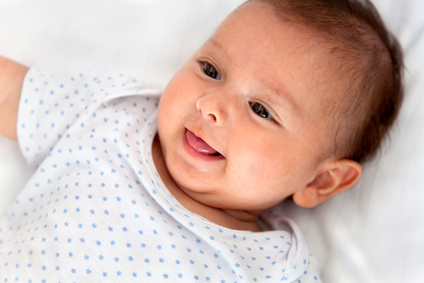Caregiving impulse is found in brain imaging
By Margaret Rogers
We know from our post bag that many of our visitors to Mental Healthy are carers and family members of  people who are suffering from various mental health conditions. The findings of a new study shows us that a distinct pattern of activity can be found which, researchers suggest, indicates a predisposition to care for infants. Could this mean that some people have a predisposition to care?
people who are suffering from various mental health conditions. The findings of a new study shows us that a distinct pattern of activity can be found which, researchers suggest, indicates a predisposition to care for infants. Could this mean that some people have a predisposition to care?
The study was conducted jointly by researchers from America, Germany, Japan and Italy. The findings can be found in the journal Neuroimage.
Using fMRI (functional magnetic resonance imaging) scanning the researchers examined the brain activity of the participants (seven men and nine women) whilst they looked at pictures of babies and infants. Seeing the images of the infants faces there appeared to be activity in the adult’s brains circuits. The activity reflected preparation to move and speak, the researchers also observed activity which demonstrates a feeling of reward. It is thought that the findings could lead to further study which could give insight into care giving behaviour and also child neglect or abuse cases.
‘These adults have no children of their own, yet images of a baby’s face triggered what we think might be a deeply embedded response to reach out and care for that child,’ said Marc H. Bornstein Ph.D., the senior author and head of the Child and Family Research Section of the Eunice Kennedy Shriver National Institute of Child Health (NIH) Development.
Not only did the participants look at images of infants but also of adults, animals and baby animals but the brain activity was only found when they saw the pictures of infants.
The participants did not move or speak during the scanning process and yet their brain activity was typically that of someone preparing to move to pick up an infant or those about to talk to an infant, the researchers said. They suggest that this pattern of activity could represent a biological impulse that governs an adult’s interactions with infants.
The researchers collected their data by comparing the areas and strength of brain activity in response to pictures of the faces of infants, adults, puppies and kittens and fully grown animals. They observed more activity when the participants looked at infants in the brain areas which are associated with three main functions:
- Pre-motor and pre-verbal activity
- Facial recognition
- Emotional reward
In addition to the scanning the participants also reported on their feelings when viewing the faces of adults and infants. The participants felt more willing the smile at, communicate with and approach an infant than an adult and felt happier when looking at infant images.
The researchers feel that these joint findings show a readiness to interact with infants that had previously only been seen in parents. They suggest that such brain activity in people who do not have children shows the biological makeup of humans includes this mechanism so that infants are well cared for and survive as they grow up.
Although these signs of activity appeared in most of the participants it did not appear in all of them. ‘It’s equally important to investigate what’s happening in the brains of those who have neglected or abused children,’ Dr. Bornstein said. ‘Additional studies could help us to confirm and understand what appears to be a parenting instinct in adults, both when the instinct functions and when it fails to function.’






